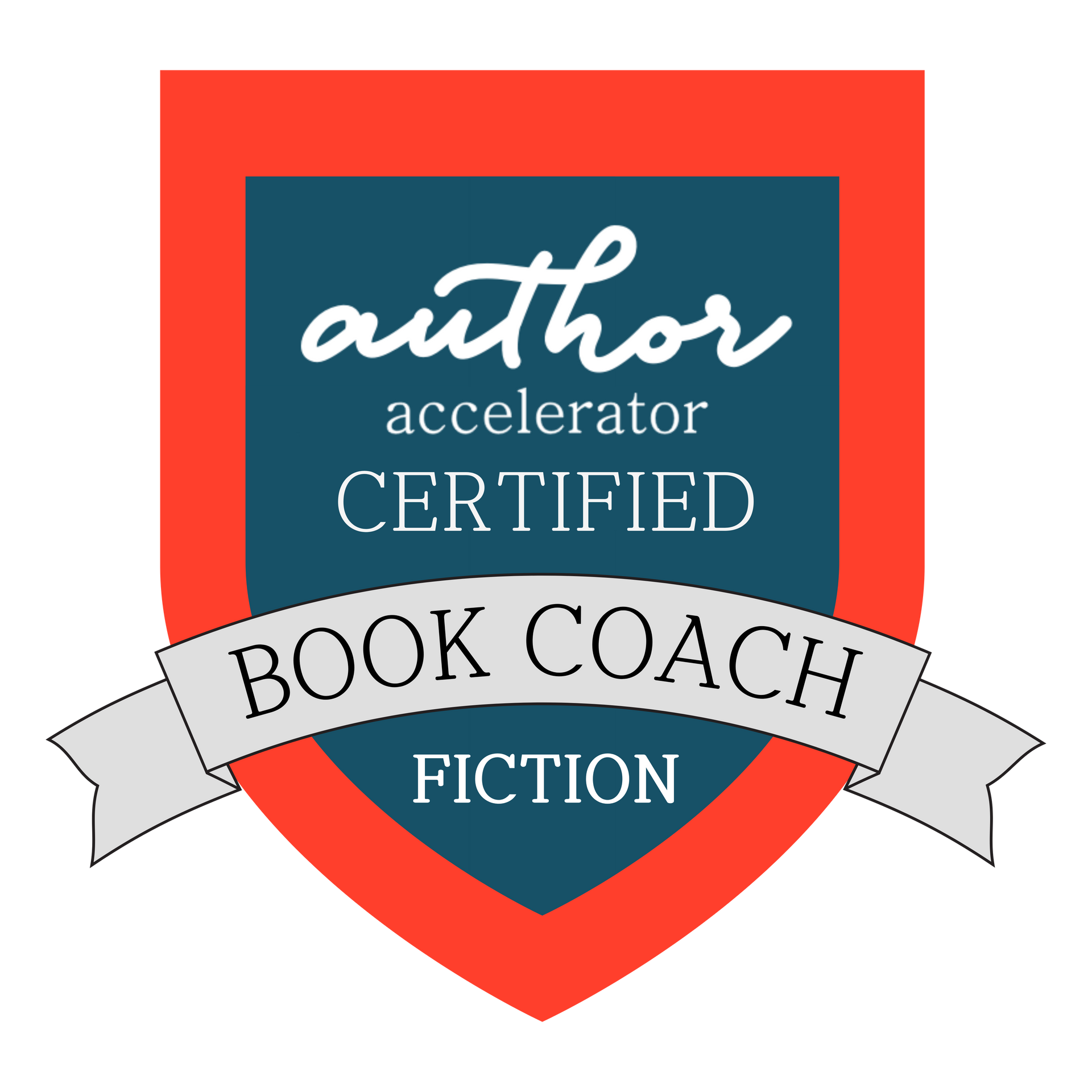Five types of plot holes in books (with clear examples for writers)
Plot holes are inconsistencies or contradictions in a story that break its internal logic. They can be unexplained gaps, errors, or moments that simply don’t make sense within the world of the book.
The problem with plot holes is that they
pull
readers out of the story. They weaken the trust you have built and can leave your audience feeling
frustrated
or
disappointed. That is why it’s so important to catch them during the editing process.

Are plot holes okay?
If a plot hole disrupts the story and makes a reader question what is happening, it’s a problem!
Minor plot holes, like a character ordering coffee but then drinking tea later in the same scene, can sometimes slip by. Most readers will overlook small details like that.
But major plot holes can seriously damage your story’s credibility. For example, introducing a romance subplot and then completely dropping it without explanation is the kind of oversight that can pull a reader out of the story.
Common types of plot holes in books (and how to avoid them)
Here are five of the most common plot holes with examples to help you spot them in your own writing.
Inconsistent character behaviour
This happens when a character suddenly acts in a way that does not match their established personality, motivations, or past decisions, without enough explanation or growth to justify the change. For example, this could be a character who values honesty and then suddenly lies without any inner conflict.
Why this happens:
- The author knows where the story needs to go but skips the character development required to get there.
- Forgetting established backstory or traits.
- Changing the story direction midway and unintentionally contradicting earlier characterisation
Recommended reading: a guide to character development in writing
Unresolved subplots
These are storylines that are introduced but never wrapped up, leaving readers with lingering questions and a sense of incompleteness. This could be a mysterious secret that is teased throughout the story, but it is never revealed or connected to the main plot.
Why this happens:
- Overcomplicating the story with too many plot threads and forgetting to close them all.
- Cutting subplots during editing but accidentally leaving traces of them behind.
- Intentionally leaving subplots open to set up a sequel, but if they are too central, this can frustrate readers expecting closure.

Timeline issues
Timeline plot holes happen when events do not logically align with the passage of time, making the sequence of events impossible or confusing. For example, it is winter in one scene but just a few days later it’s suddenly summer, with no time skip.
Why this happens:
- Poor planning or not tracking timelines carefully.
- Multiple points of view that are not properly aligned.
- Rushing the pacing and accidentally pushing events too close together to feel realistic.
Recommended reading: pacing in writing: how to keep readers engaged from start to finish
Contradictory world rules
This happens when a story sets clear rules for how the world works, then breaks those rules without explanation. It is especially common in fantasy, sci-fi, and dystopian genres where detailed systems and logic often drive the story.
This could be something like a tracking device that works perfectly until the plot suddenly requires the character to get lost.
Why this happens:
- Plot convenience, bending the rules to solve a problem quickly without earning it.
- Forgetting the world’s established rules, especially in complex stories.
- Vague or incomplete world-building, where the rules are not fully defined, making contradictions more likely.
Convenient solutions (also known as deus ex machina)
This is when a problem that seems impossible to solve is suddenly fixed by an unexpected, unlikely, or completely unexplained event, object, or character. These solutions feel unearned and can leave readers disappointed.
For example, a long-lost ally appears out of nowhere just in time to save the protagonist and defeat the villain, despite having no way of knowing where to find them.
Why this happens:
- Writing yourself into a corner and needing a quick way out.
- Rushing to finish the story and skipping the necessary buildup.
- Lack of planning or foreshadowing – the solution was always intended, but it wasn’t set up properly.

How to avoid plot holes in your book
- Keep a story bible to track characters, world rules, and timelines.
- Outline carefully (or revise with structure in mind).
- Ask "why?" at every plot turn to make sure character choices and story events make sense.
- Work with a beta reader, writing group, or book coach who can spot gaps you might miss.
- Take breaks between drafts to come back with fresh eyes and see your story more clearly.
Catch your plot holes before you publish
It’s completely normal to have plot holes in your early drafts. The key is to catch and fix them
before
your story goes out into the world.
If you’d like help identifying plot holes and strengthening your story, I offer professional editing and book coaching support.
Get in touch with me to chat about your project.

